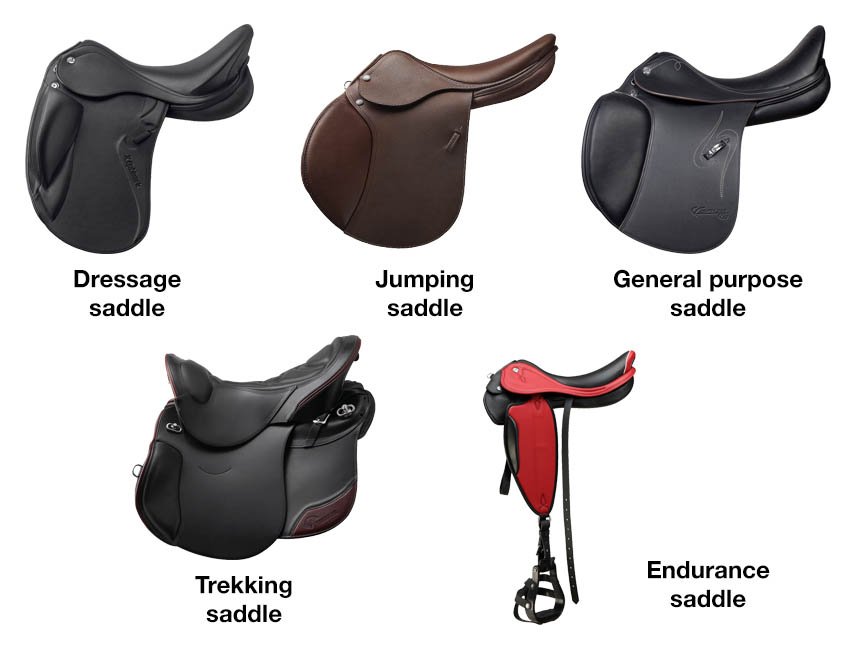Whether you’re looking for a new saddle that can handle all-day trail rides or are wanting something that’ll help you stand out in the show pen, you must keep saddle fit in mind when shopping. Does your horse like to flatten his ears or swish his tail when you go to saddle him? Or maybe he’s never shown any discomfort with saddling, but you’re constantly fighting to stay balanced during a ride.
What is saddle fit?

While it may seem simple, it’s actually an important topic in equestrian circles, especially for riders with different levels of experience. Any time you’re travelling or working out on a horse, you need to be aware of your body’s environment and the various forces affecting your weight distribution, posture, and balance. By knowing the proper range of motion to create a balanced seat, and identifying the potential problems from improper saddle fit, you can improve your horse’s comfort and comfort you. What is saddle fit? Basically, it is the position and movement of the rider and the horse when saddling. The saddle will be fitted to the horse to be comfortable for both.
How to find the best saddle for your riding style
Put down the saddle pad and examine the horse. Does he stand evenly? Or does he have a tendency to lean to one side? Does he like to have his ears up or down? Does he step on his heel or fanny, and why? Is he hollow behind his front legs? Is his back round or flat? If he has been moving around in his corral or pasture, is the saddle fitting him well? First things first Shopping for a new saddle is a highly personal process, which is why you should engage a professional to help you narrow the options. Most horse owners visit a local tack shop to determine the best saddle for their horse, but in the saddle world, the largest and most prominent companies have built their businesses on the sale of new saddles and not on upgrading worn or ill-fitting saddles.

Saddle size and shape
The first thing you need to figure out when it comes to saddle fit is your horse’s size. Saddles can vary in width and length based on the size of the horse, so you should make sure that it’s an appropriate size for your horse. A thorough fit inspection is usually the only way to know, but in the event that you can’t find a particular saddle that seems ideal, you might consider opting for a custom saddle. But remember that saddles custom-made for a specific horse require more attention than regular off-the-rack saddles. Your weight most riders sit slightly off center in the saddle, which is why it’s important to find a saddle that can accommodate this natural tendency. Also, your riding style will determine the size of your saddle, so keep that in mind as well.
Consider your horse’s shape or conformation
The three key body parts that a saddle works to support are the girth, the seat and the stirrup bar. Saddles work with these parts of the horse’s body, so choosing a saddle that’s right for your horse’s shape and conformation is a good starting point when evaluating fit. Girth The girth should be snug, but not too tight. A snug girth is just right for a horse with a medium-width, medium-length back that requires room to stride. If your horse’s back narrows (saddle girths usually reach lower on the spine when measured around the rib cage), your saddle needs to be loose, because it can slip and cause back soreness. When choosing a girth, measure from the hock to the root of the tail.
A note on leather quality
When deciding on a saddle, a few important factors to consider include leather quality and workmanship, and the base and tree contours. Generally speaking, cowhides and Pessoa are very durable and can handle a number of uses, while synthetic or composite leathers are less durable and, when applied to saddles, need to be conditioned differently from other leathers. The tree contours are formed by carving grooves into the tree, but some horses have sensitive spots along their back and some horses are much better suited to a saddle with a tree shaped like a W rather than an L or a V. And finally, saddle pads are an important part of saddle fit, so you’ll need to measure and fit your horse with a variety of different pads to find the one that feels the best.